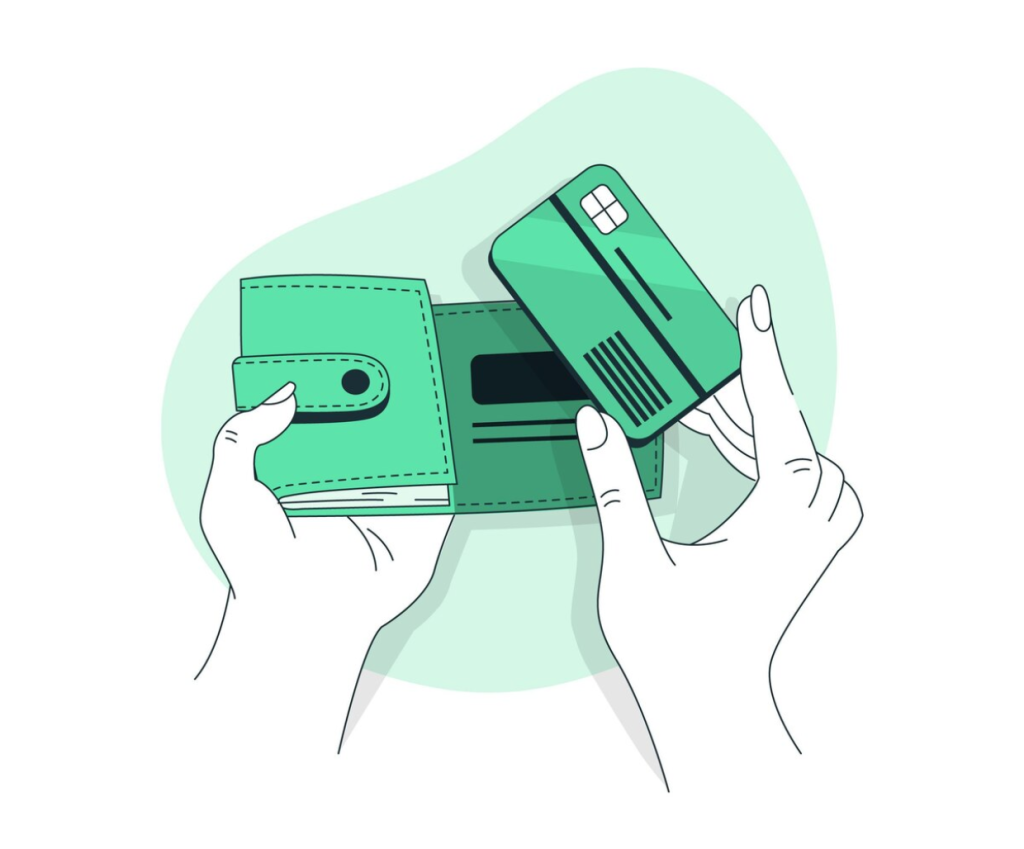In an unexpected turn, card spending in the UK fell last month for the first time in more than three years, according to the latest analysis by Barclays. The data revealed a -0.6% year-on-year decline in consumer card spending for June 2024, marking the first decrease since February 2021. This drop is significantly lower than the latest CPIH inflation rate of 2.8%, highlighting a notable shift in consumer behavior.
Weather’s Impact on Spending
The primary driver behind this decline was the colder weather experienced in early June, which hampered spending at clothing stores, pubs, and garden centers. Retail spending fell by -2.6% year-on-year, the most significant drop since June 2022 (-3.8%). In-store spending, excluding groceries, was down by -5.1%, and clothing sales saw a sharp decline of -7.7%.
Two in five Brits (39%) reported spending less on summer products due to the weather, with clothes (55%) being the most common cutback, followed by barbecue food and equipment (40%). Additionally, the cold snap led to delayed home and garden renovations, resulting in a -9.4% decline in spending on home improvements and DIY, and a -12.7% drop in garden center sales.
Supermarket and Restaurant Spending Trends
Supermarket spending recorded its first decline (-2.6%) in two years. This is partly due to a majority of consumers (65%) cutting back on their weekly grocery expenditures. Over half (52%) of these budget-conscious shoppers are taking advantage of loyalty scheme discounts and supermarket deals. The slowdown is also attributed to a drop in food price inflation, now at its lowest level since October 2021 at 1.7%. Encouragingly, over a third (36%) of shoppers have noticed food prices rising at a slower rate.
Restaurants had a tough month, with a -11.5% year-on-year decline in spending, although this was an improvement from May’s -15.7% drop. This reflects a selective approach by cost-conscious consumers to discretionary spending, with over half (52%) of those cutting back on non-essential spending choosing to spend less on eating out.
Resilient Sectors: Entertainment and Travel
Despite the overall decline, the entertainment and travel sectors saw growth. Entertainment spending rose by 6.1%, with cinemas experiencing their busiest day of the year on June 15th, up 122.4% compared to the average day in 2024, following the release of “Inside Out 2.” Spending on holidays abroad also continued to grow, with travel agents and airlines up 5.5% and 3.2%, respectively. However, domestic travel lagged, with spending on domestic hotels, resorts, and accommodation declining by -1.8%.
Consumer Confidence and Future Outlook
Encouragingly, consumer confidence showed signs of recovery compared to the previous month. Consumers felt more optimistic about their ability to live within their means (up to 73%) and spend more on non-essential items (56%). Confidence in job security also increased by four percentage points to 49%. Concerns about inflation fell slightly to 85%, and worries about the rising cost of fuel eased, with spending on fuel declining by -3.2%.
Karen Johnson, Head of Retail at Barclays, commented on the data:
“Once again, our data demonstrates the undeniable impact that unseasonable weather can have on consumer spending. The sluggish demand at the start of June even caused some fashion brands to adjust their sales schedules, although I was pleased to see that the situation has since improved with the arrival of sunnier days.”
Jack Meaning, Chief UK Economist at Barclays, added:
“While June’s data suggests a weak month, the view looking ahead to the second half of the year is one of falling interest rates, growing real incomes, and increasing confidence among consumers to spend and businesses to invest, particularly now that the uncertainty of the general election is out of the way.”






